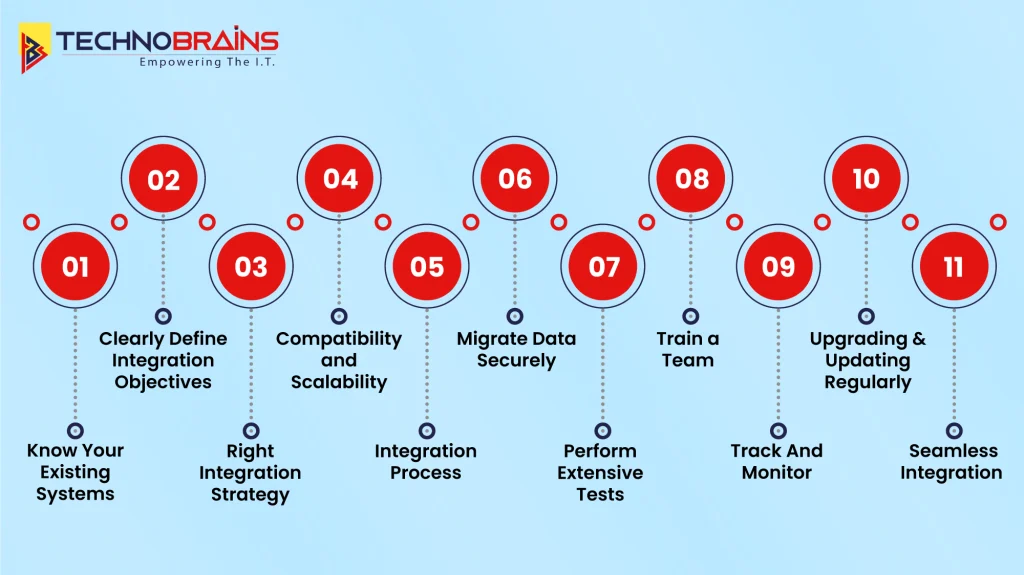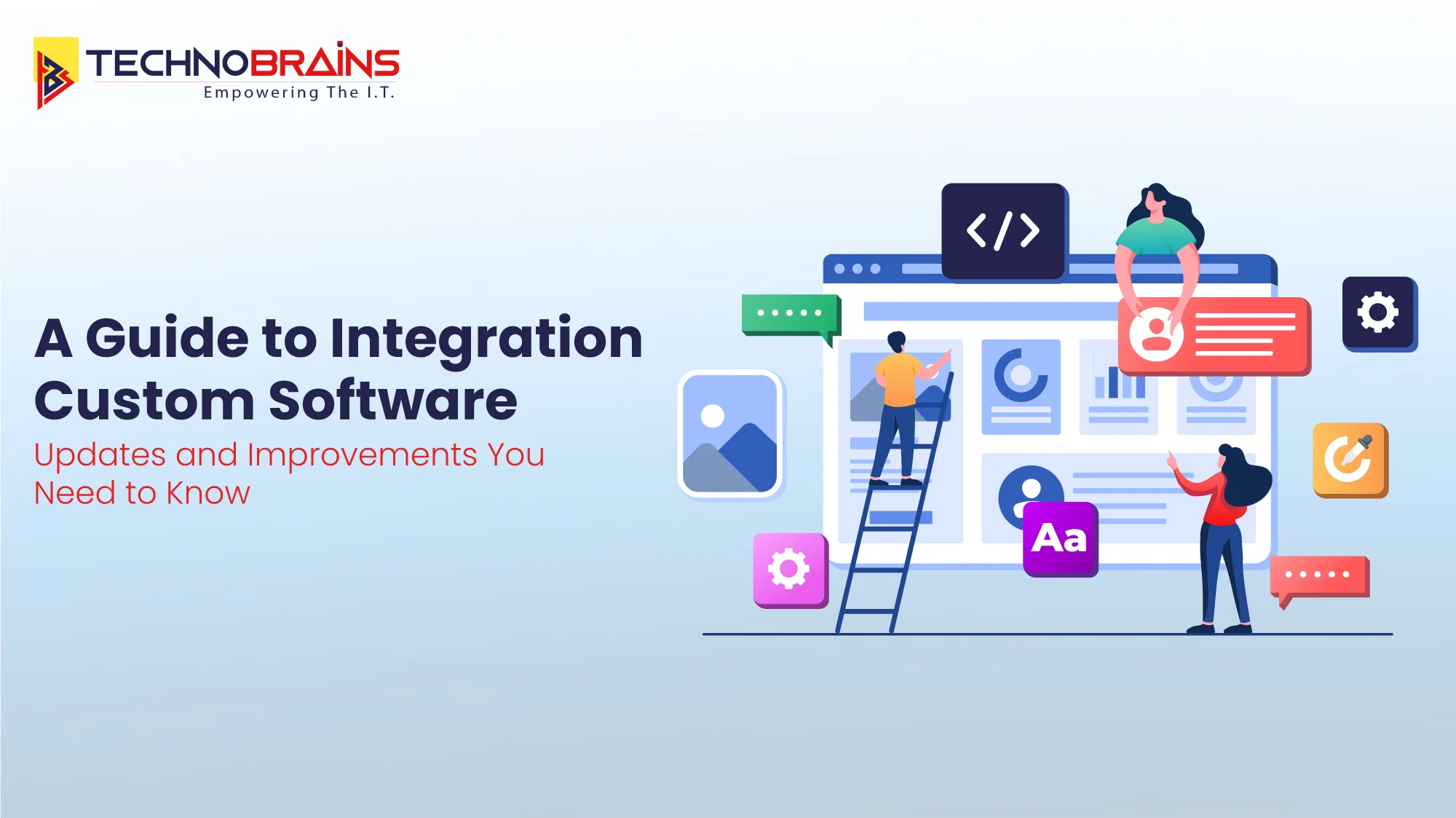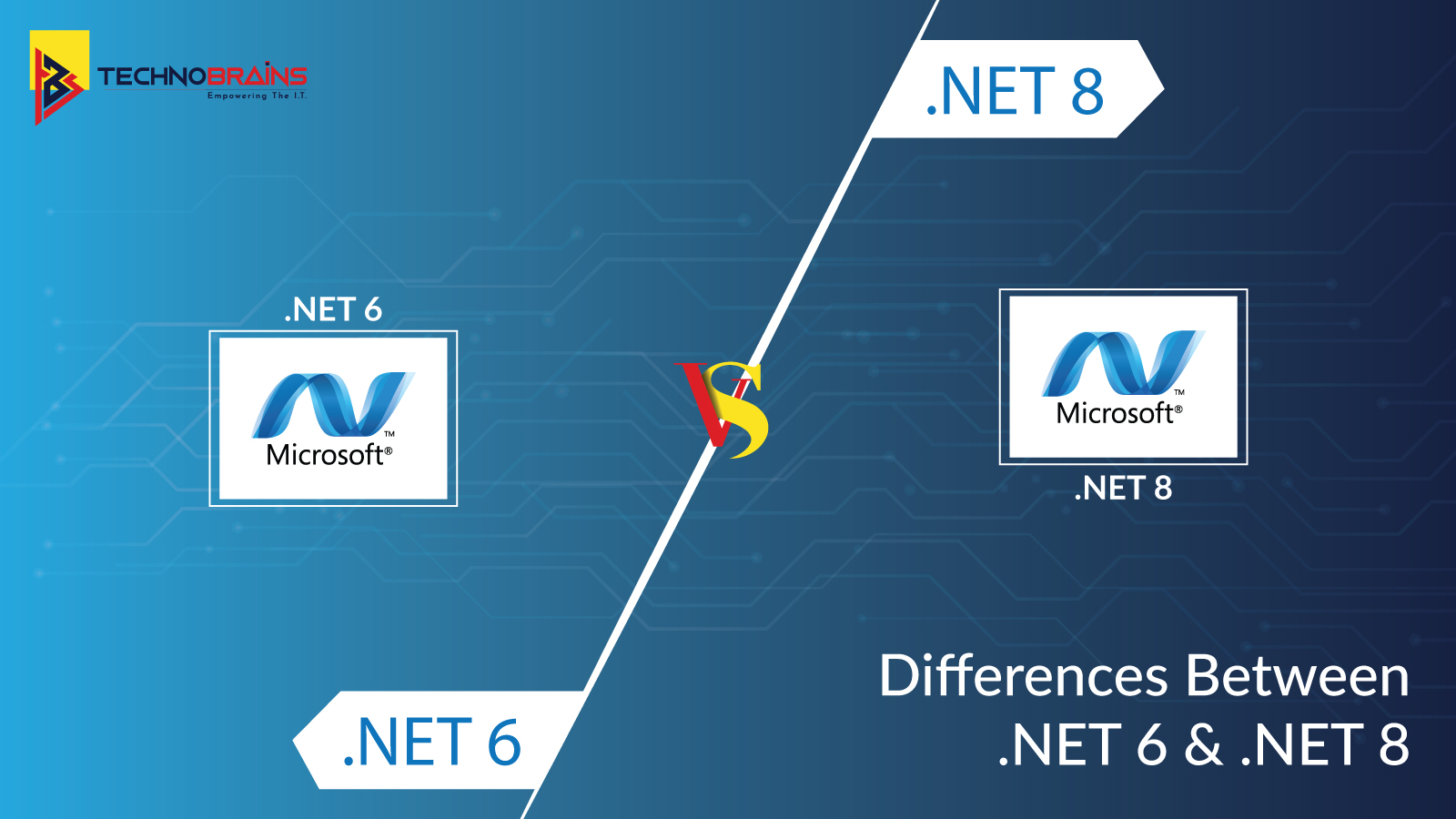Such integration of custom software solutions with existing systems has become crucial for modern businesses to operate efficiently and stay competitive. It requires prudent planning and proper implementation to ensure compatibility, efficiency, and least business disruption. Here are the steps that might help you integrate your Custom Software with existing systems effectively:

Know Your Existing Systems
Start by auditing your existing systems for incompatibility, inefficiency, and outdated components. In other words, the better we understand the current infrastructure, the easier the integration will be without sudden disruptions in the process.
- Audit all of the various existing systems and their interdependencies.
- Document the technologies, platforms, and workflows in use.
- Highlight components that are outdated and may require upgrading.
Clearly Define Integration Objectives
Establish clear objectives for Integrating Custom Software: whether smoothing workflows, increasing productivity or easing access to data, it will provide a clear roadmap to align efforts and measure the success of the integration.
- Determine business goals to which custom software has to contribute.
- Specify functionalities that the custom software should improve upon.
- Establish measurable KPIs such as improvement in time for processing or cost reduction.
Choose the Right Integration Strategy
What matters fundamentally is the selection of a proper strategy: it could be either point-to-point, middleware-based, or API-based integration. This process can be further eased by partnering with reliable software development services which will assure you of optimum results.
- Use Point-to-Point Integration when the setup is less complicated and connects fewer points.
- Adopt integration through middleware by integrating multiple applications through a hub.
- Consider API-based integration, which provides scalability and flexibility in connectivity.
Compatibility and scalability
Compatibility keeps the operations running smoothly; scalability helps with the company’s growth in the future. It does include custom software development and thereby ensures that the new solution would integrate seamlessly with your platforms, adapting to changing business needs.
- Verify the compatibility of the new system with existing platforms and hardware.
- Interoperability test, in other words, compatibility between the software and use of other tools.
- Opt for scalable designs, with room for expansion in the future.
Read Also, MODERNIZING BUSINESS With Custom Software Solutions
Plan the Integration Process
A detailed plan lays out everything clearly and minimizes risks. Permit the planning of timelines, responsibilities, and contingencies in the management of challenges during the integration process.
- Set realistic timelines, indicating important milestones for each phase.
- Assign responsibilities to developers, IT teams, and stakeholders.
- Develop contingency plans to handle problems that may arise in the process.
Migrate Data Securely
Data migration is hence crucial to integration. Ensure data integrity through the backup of existing databases, cleaning of redundant information, and utilizing appropriate tools for an accurate and secure transfer.
- Backup all existing data before migration.
- Data cleaning, removing all redundancies and inaccuracies.
- Transfer data through automated tools to minimize human-generated errors.
Perform Extensive Tests
Comprehensive testing ensures reliability. Performing unit tests, system tests, and user acceptance tests will help catch problems to be fixed before deployment across your organization.
- Perform Unit Testing to verify individual components.
- Perform System Testing to determine overall compatibility.
- Perform UAT to ensure satisfaction for the end-user.
Train a Team
Provide training to your team on how to use this integrated system. Tailor-made sessions of training and friendly documentation pave the way for easier adaptation and efficiency in using the new software.
- Organize training by type for different end-user roles.
- Provide full manuals, FAQs, and instructions.
- Offer ongoing support to address queries after the software goes live.
Track and Monitor Performance After Integration
Post-integration monitoring ensures the system works as expected. Monitor key performance indicators, assess user feedback, and squash performance bottlenecks to continuously refine an integration over time.
- Monitor the KPIs identified during the planning process.
- Monitor system performance to find out any bottlenecks.
- Collect the users’ feedback for fine-tuning the system to ensure better usability.
Upgrading and Updating Regularly
Regular system updates are essential to developing a more secure and highly performing-system. Conduct periodic audits to resolve compatibility issues, and maintain your software consistent with emerging technologies and ever-evolving business needs.
- Install updates to fix bugs and improve performance.
- Periodically check system compatibility against changing technologies.
- Schedule periodic audits to ensure long-term optimization.
Best Practices for Seamless Integration
Start Small: Integrate starting with a pilot project to reduce risks.
- Communicate Constantly: Report back progress and challenges to all stakeholders concerned. Expert Support: Leverage complex integrations by hiring experienced software developers or consultants.
- Adopt Agile Methodologies: Iterative approaches that provide much flexibility and adaptability.
Read Also, Why Choose TechnoBrains for Healthcare Software Development?
Conclusion
Custom software integration into existing systems is not just purely technical, but rather an investment for the future of your business. A systematic approach identifying the status of your existing systems, setting clear objectives, and then selecting an appropriate integration strategy integration will go through without hiccups. If you can plan and implement appropriately, then only the true potential of custom software can be realized, thereby driving innovation and growth of organizations. Looking for the best software development company which would provide positive results? Then get in touch with us.
Still stuck with questions? Contact Us today and get all your solutions here.





